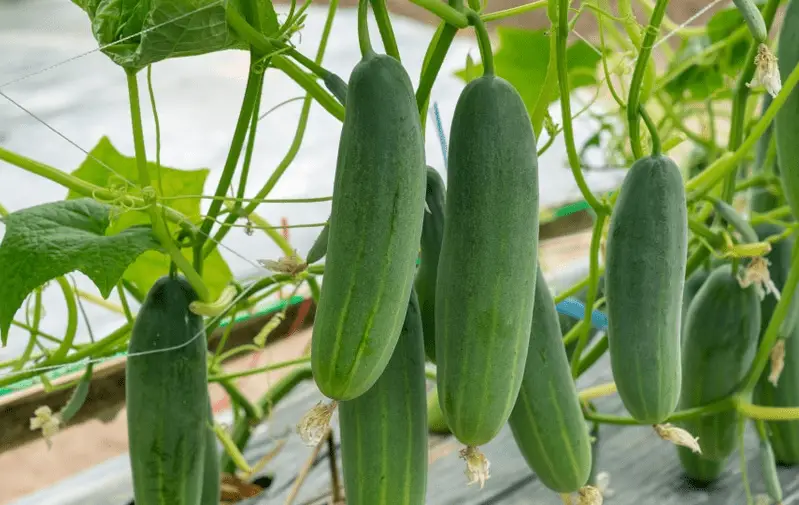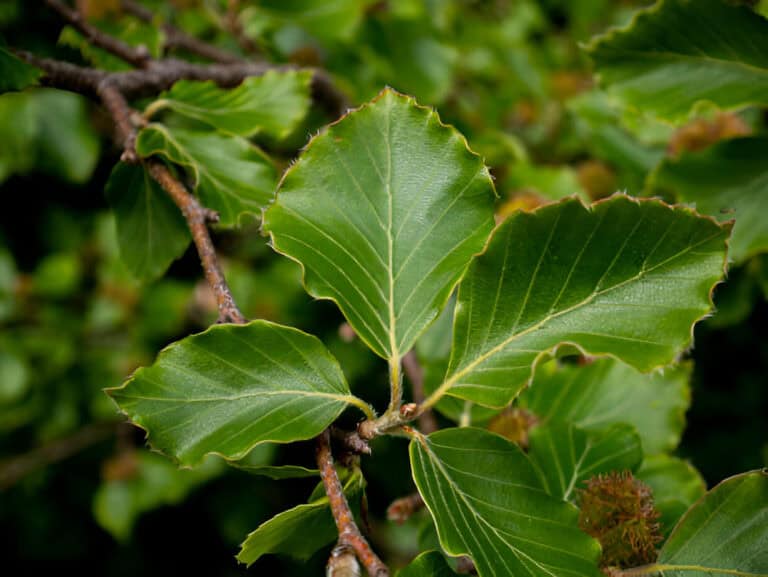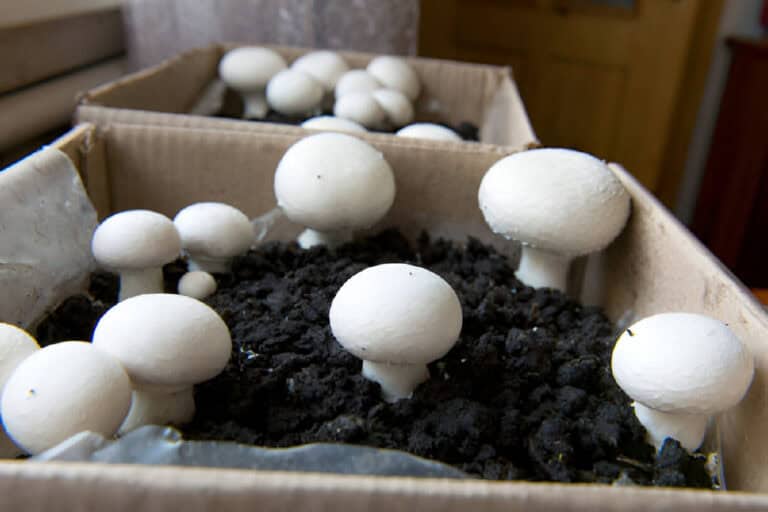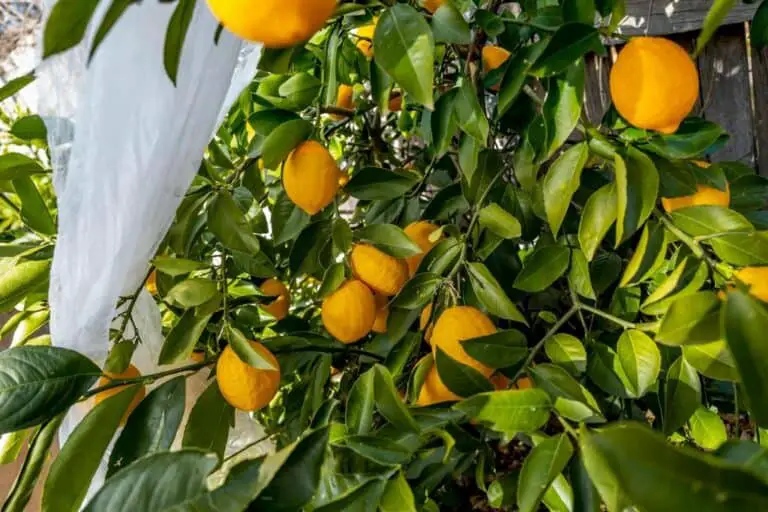Cucumber Temperature Tolerance: How Cold the Plant Can Survive?

Cucumbers are a popular vegetable that is consumed in many forms, from salads to pickles. These plants are known for their tender, crisp texture and refreshing taste, making them a staple ingredient in many dishes.
However, like all plants, cucumbers have a specific temperature range that they thrive in. In this article, we will explore the temperature tolerance of cucumbers and answer the question: how cold can the plant survive? So, get ready to become an expert on all things cucumbers, and let’s get started!
Ideal Temperature Range for Cucumbers
Cucumbers do best in warm weather and need a temperature of at least 60°F (15.5°C) to start growing. Once the plant has sprouted, it requires a temperature range of 70°F to 90°F (21°C to 32°C) to grow and develop properly. This temperature range provides optimal conditions for photosynthesis and helps the plant produce healthy leaves, stems, and fruit.
It’s important to remember that different cultivars of cucumbers have different temperature needs. Some cultivars cucumbers are more tolerant of cooler temperatures, while others require warmer temperatures to grow. To get the best growth and yield, it is important to choose the right cultivar for your growing conditions.
Cucumber Temperature Tolerance: How Cold the Plant Can Survive?
While cucumbers prefer warm temperatures, they can tolerate some levels of cold stress. According to research, cucumbers can survive temperatures as low as 32°F (0°C) for a short period of time. But being out in the cold for a long time can damage the plant’s tissues and make it less able to make healthy fruit.
If the temperature drops below 50°F (10°C), cucumbers may stop growing, their leaves may turn yellow, and they may make less fruit. When the temperature drops further below 40°F (4.4°C), the plant’s growth will slow down, and the leaves will begin to wilt. If the temperature drops below freezing, the plant will likely suffer severe damage or die.
Cold Temperatures Effect and Signs on Cucumbers
Cucumbers are a warm-season crop that is sensitive to cold temperatures, which can have a negative impact on their growth and development. When exposed to cold temperatures, cucumber plants can experience a range of physiological changes that can affect their ability to take up water and nutrients, photosynthesize, and produce cucumber fruit.
1. Wilting
One of the most noticeable signs of cold damage in cucumber plants is wilting. This occurs when the plant is unable to take up water due to cold-induced damage to the root system. Leaves may appear yellow or brown, and the plant may appear stunted or droopy. If left untreated, wilting can lead to plant death.
2. Chlorosis
Another sign of cold damage in cucumber plants is chlorosis, which is characterized by yellowing of the leaves. When a plant is under stress from the cold and can’t produce enough chlorophyll, chlorosis occurs. This can affect photosynthesis and lead to reduced yields.
3. Stunt Growth
When the temperature drops below the plant’s ideal range, the plant’s growth rate will slow down, and the leaves will begin to droop. The plant may also produce smaller fruit or no fruit at all. If you notice that your cucumber plant is not growing as fast as it should be or is producing smaller fruit, it may be a sign that the plant is experiencing cold stress.
4. Fruit Deformation
In addition to making cucumbers wilt and turn green, cold temperatures can also cause the fruit to change shape. If cucumbers are exposed to cold temperatures while they are growing, they may change shape or color, which makes them harder to sell and lowers their value. Cold temperatures can also lead to reduced fruit set and smaller fruit size, which can impact overall cucumber yield production.
Protecting Cucumbers from Cold Temperatures
To protect your cucumbers from cold temperatures, it is essential to take some preventative measures. Here are some tips to help you protect your cucumbers from the cold:
- Plant cucumbers in a warm, sunny location that receives at least six hours of direct sunlight per day.
- Use raised beds or containers to plant your cucumbers. These structures can help to warm the soil and protect the plants from cold air.
- Cover your cucumbers with a row cover or frost blanket when temperatures drop below 50°F (10°C). These covers can help to retain heat and protect the plants from cold stress.
- Water your cucumbers regularly, but avoid overwatering. Overwatering can lead to waterlogging and root rot, which can weaken the plant’s ability to withstand cold temperatures.
- Use mulch to cover the soil around your cucumbers. Mulch can help to retain heat in the soil and protect the plant’s roots from cold stress.
- Bring them indoors. You can bring your cucumber plants inside for the winter if you have a greenhouse or sunroom. You can grow cucumbers in a greenhouse to avoid frosty weather, and soof after moving back outside. Ensure they receive ample light to prevent them from becoming leggy.
Cold Tolerant Cucumber Varieties
Cucumber plants are highly sensitive to low temperatures, which can cause significant damage to their growth and development. But some cucumber varieties have changed over time to be able to handle colder temperatures than others. This makes them a good choice for growers in colder climates or in places where the weather is unpredictable.
1. Marketmore 97 Cucumber
One example of a cold-tolerant cucumber variety is the Marketmore 97. This variety is known for doing well in cooler temperatures, which makes it a popular choice for gardeners in places with shorter growing seasons. Marketmore 97 is a hybrid variety that grows straight, dark green cucumbers with a firm texture and a crisp, refreshing taste.
2. Suyo Long Cucumber
Another cold-tolerant variety is the Suyo Long cucumber. Originating in Asia, this variety is adapted to grow in a range of temperatures, from cool spring weather to hot summer months. The Suyo Long cucumber is a long, slender fruit with a ribbed exterior and a juicy, sweet flavor. It is also highly resistant to disease, making it a low-maintenance option for growers.
3. Diva Cucumber
The Diva cucumber is another cold-tolerant variety that is popular among growers. This variety is known for its high yields and disease resistance, making it a reliable choice for commercial growers. Diva cucumbers are long, slender fruits with a thin skin and sweet, crunchy flesh. They also don’t have any seeds, which makes them a good choice for people who like cucumbers without seeds.
4. Titan Cucumber
Cucumbers of the Titan variety are another option for climates with cool weather. They have the ability to withstand temperatures as low as 50 degrees Fahrenheit. Titan cucumbers are on the larger side, so if you want a large harvest, this is a good choice for you.
In addition to these varieties, there are many other cold-tolerant cucumber varieties available on the market. They have the ability to withstand temperatures as low as 50 degrees Fahrenheit. Even in cooler weather, you can get a good harvest of cucumbers if you choose a variety that does well in your growing conditions and suits your tastes.
Conclusion
In conclusion, cucumbers require warm temperatures to thrive and produce healthy fruit. While they can tolerate some level of cold stress, prolonged exposure to cold temperatures can damage the plant’s tissue and reduce its ability to produce healthy fruit. So, it is important to keep your cucumbers from getting too cold by using the tips in this article.
By selecting the right cultivar, planting in a warm location, using raised beds or containers, covering with a row cover or frost blanket, and watering and mulching properly, you can help your cucumbers survive and thrive in cooler temperatures. With proper care, you can enjoy a bountiful cucumber harvest even in the






